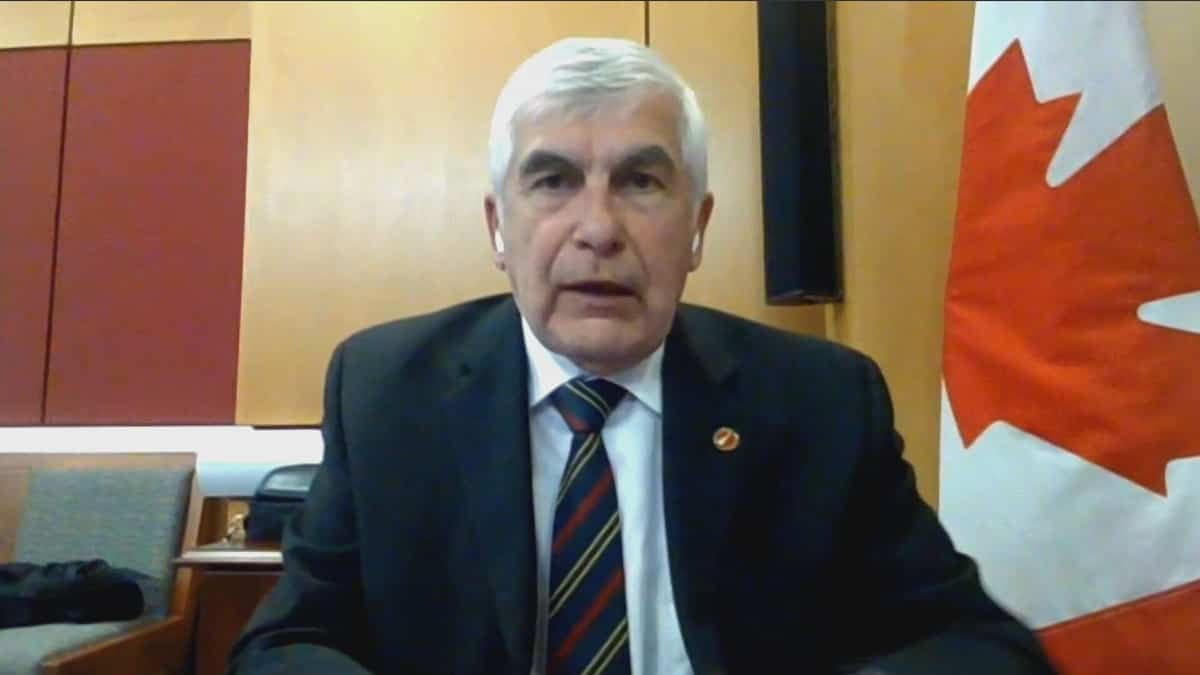Since 2003, London has dealt with cars in its city centre…with mixed success.
In 2003, London, United Kingdom, was one of the first major cities in the world to implement a congestion charging system for motorists traveling into the city centre. This system was criticized at its beginning, but today it has become accepted by the majority of citizens and merchants.
The share of private car transport fell by 12% between 2000 and 2019, while the city’s population rose by almost 30% and the British capital’s GDP increased by more than 50%. However, this decline is due to the increasing popularity of walking, cycling and use of public transport; Around 10 million private car journeys are made every day in London, a number that fluctuates slightly from year to year. A motorist must pay £15 (about $26 CAD) to enter the congestion zone. Despite everything, traffic jams caused by the heavy presence of cars cost the London economy £5.1 billion annually (9.2 billion Canadian dollars), or £1,211 (2090 Canadian dollars) per driver, according to the City of London. To speed up the pace, London intends to implement a “pay-per-ride” system in the coming years, which will impose a fee for any private vehicle trip in London, and not just for entry into the center of the capital.
27%
This is the number of fewer kilometers cars will need to travel in London every day by 2030 for the capital to become a net-zero carbon city, as it has committed to doing.
And in Quebec?
In Quebec, the debate over the place of the car often veers toward extreme examples such as: “What would people do without a car on the North Shore?” This is a false debate. At least 70% of Quebec’s population lives in urban or peri-urban areas. This is where big gains can be made, and this is where we should focus our efforts.
Anne-Catherine Bellon, Sustainable Mobility Analyst at Équiterre
Seeing a minister like Pierre Fitzgibbon recognizing the reality of climate change is very reassuring. To reduce solo driving, we must offer interesting alternative solutions, because humans do not like to change their habits. Governments have a role to play in financing active and public transport, making it viable and attractive. For example, we can turn a highway into an urban boulevard, as the city of Milwaukee has done in the United States, with excellent results creating three new neighborhoods and reducing motorized travel. The same principle can work with active transportation: if we build a protected, functional and interesting bike path, like the one on Saint-Denis Street in Montreal, we see that use increases, and that we attract people who we wouldn’t otherwise tempt. before. It’s a powerful effect.
Marie-Soleil Gagné, Director General of Accès Viable Transport

“Music guru. Incurable web practitioner. Thinker. Lifelong zombie junkie. Tv buff. Typical organizer. Evil beer scholar.”








